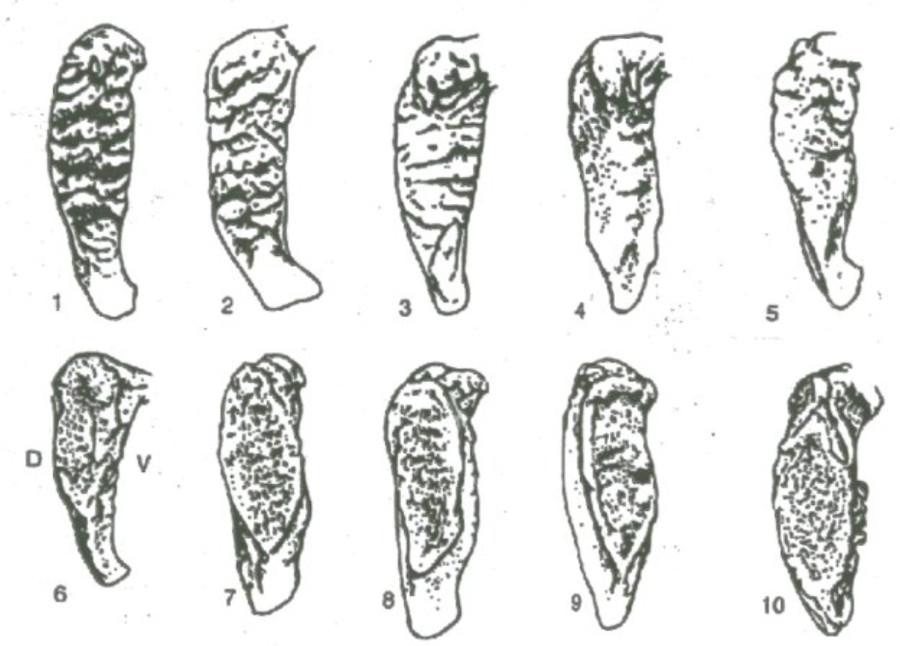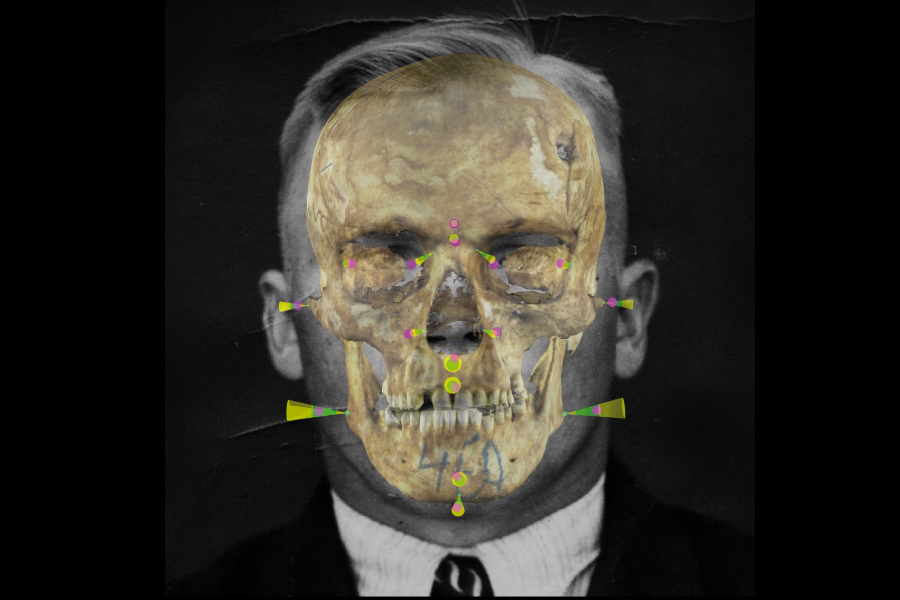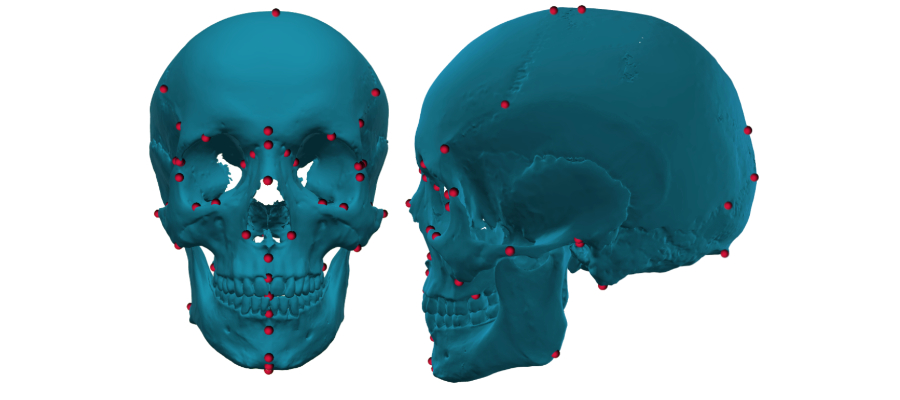
Publications
Automatic 2D Cephalometric Landmark Location for Forensic Analysis
Craniofacial Superimposition
Published on May 14, 2025
Cephalometric landmarks are critical anatomical reference points located on the human face, widely utilized in forensic anthropology for essential tasks such as forensic human identification, facial comparison, anthropometric measurements, and craniofacial superimposition (George, 2007; Stephan et al., 2019; Huete et al., 2015). Identifying and annotating these landmarks traditionally demands considerable expertise, manual effort, and extensive […]










